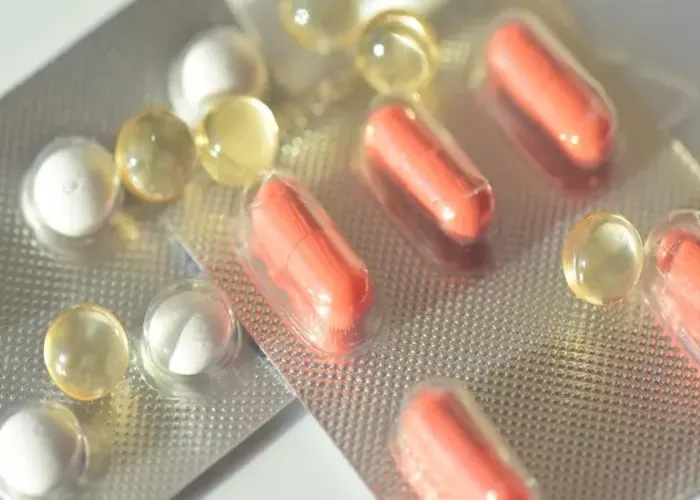Emerging research from Alexandria University in Egypt suggests that gold nanoparticles (AuNPs) could offer a revolutionary approach to weight loss, targeting fat tissue while sparing muscle mass. This novel treatment, which stands apart from conventional weight-loss medications, not only helps reduce fat but also provides additional health benefits, including anti-inflammatory effects and improved blood glucose regulation.
In a breakthrough study, scientists demonstrated that weekly doses of AuNPs could significantly reduce fat—potentially outperforming current GLP-1 medications like Ozempic and Wegovy. What distinguishes AuNPs from other weight-loss treatments is their ability to preserve muscle mass, a common concern with traditional weight-loss drugs that often lead to muscle degradation alongside fat loss.
The research results are compelling. Over a nine-week period, obese rats treated with high doses of AuNPs experienced a remarkable 36% reduction in body fat. This far exceeds the 10-20% body weight reduction typically seen with GLP-1 medications, where a substantial portion of weight loss can be attributed to muscle loss. However, it’s important to note that these findings are still in the animal study phase, and further research is needed before human trials can be considered.
During the study, various doses of AuNPs were tested alongside a control group and orlistat (a well-known weight-loss drug marketed as Xenical). Bioelectrical impedance analysis (BIA) was employed to measure body composition, focusing on fat mass, fat-free mass, and total body water. The high-dose AuNP group demonstrated a 36% reduction in fat, outperforming both the high-dose daily group (33%) and orlistat (18%)—almost doubling the effectiveness of orlistat.
The researchers noted that high doses of AuNPs not only significantly reduced fat but also improved fat-free mass, indicating their potential as a more effective alternative to current obesity treatments. They also emphasized the anti-inflammatory and antioxidant properties of AuNPs, which enable them to accumulate in fat tissues, offering advantages over other weight-loss drugs like orlistat.
Current obesity treatments, such as GLP-1 medications like Ozempic, regulate appetite and insulin sensitivity, while orlistat works by blocking fat absorption. Although orlistat has proven effective, it is less efficient over time and can be less desirable due to its side effects. AuNPs, with their muscle-preserving capabilities, could potentially complement these treatments rather than serve as direct competitors.
Gold nanoparticles have already been explored in other medical fields, such as cancer therapy and drug delivery systems. However, their application in obesity treatment still faces uncertainties, particularly regarding their long-term safety and potential toxicity when transitioning from animal studies to human trials.
As obesity rates continue to rise, with an estimated 60% of the global population projected to be overweight or obese by 2030, the researchers stress the urgent need for innovative therapies. While AuNPs show considerable promise, further research is essential to determine their safety and effectiveness in humans.
“We are at the frontier of a new approach to treating obesity, but before AuNPs can become a mainstream solution, more studies are needed to address concerns about their safety for human use,” the researchers concluded.
Related Topics:
What Is The New Weight Loss Injection Called


